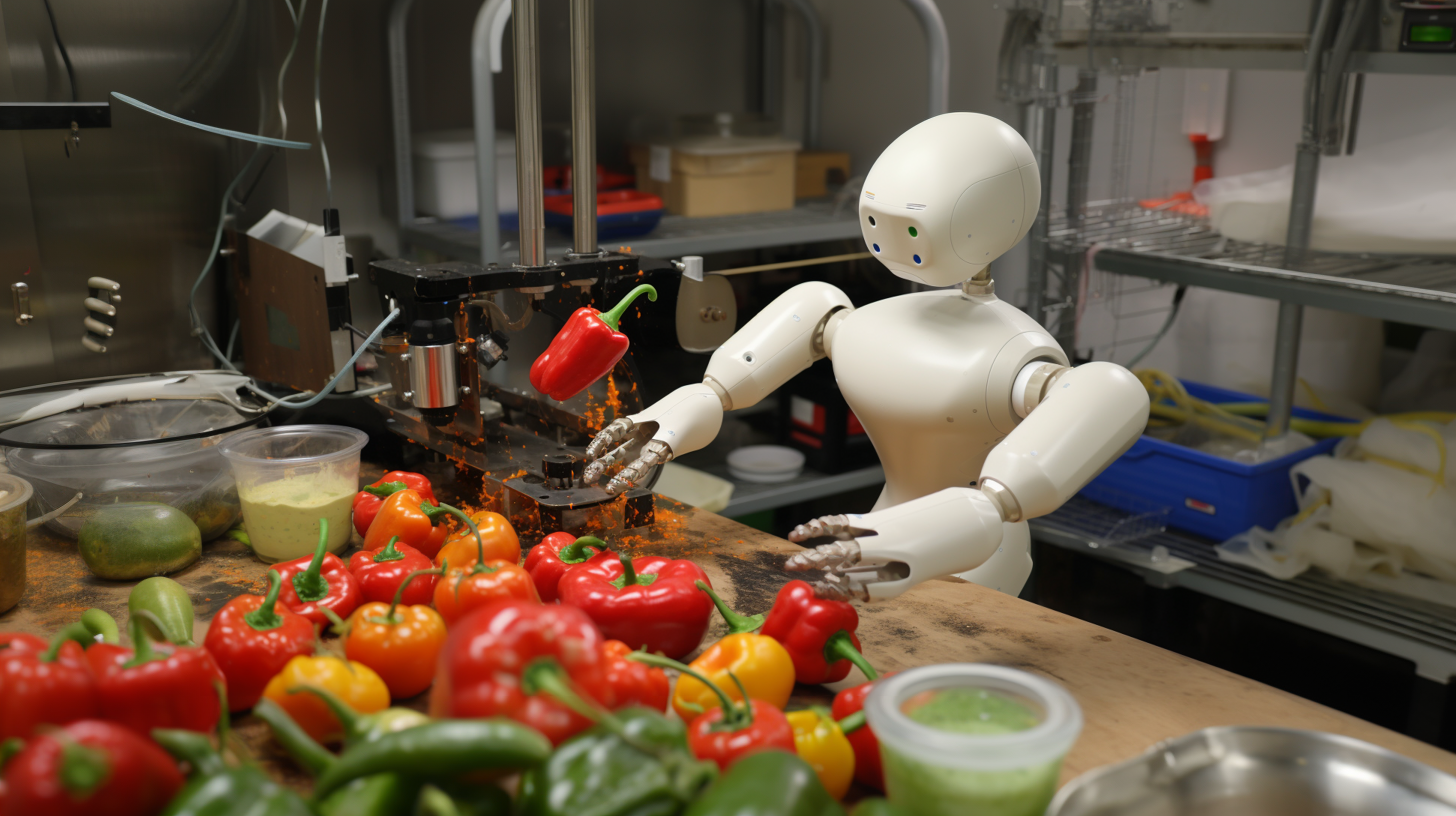The Land of the Rising AI: Japan's AI Development Journey
Software engineers at the University of Tokyo in the 1980’s, imagined by Midjourney
Introduction: Laying the Groundwork (1950s-1960s)
Japan's foray into the world of Artificial Intelligence (AI) dates back to the 1950s and 1960s, during a period of extensive growth in the computing sector. Early AI research initiatives began sprouting at academic bastions like the University of Tokyo and Kyoto University. These research projects weren't merely isolated exercises but a testament to the inception of a national pursuit that would extend deep into the future of the country's technological landscape.
Breaking New Ground: The Fifth Generation Computer Systems Project (1982-1992)
Japan's commitment to AI development became more evident in the early 1980s, with the introduction of the Fifth Generation Computer Systems project. This ambitious project, launched by the Ministry of International Trade and Industry, was a significant step in pushing the boundaries of AI and computational technology. The goal was to create an entirely new kind of computer system that would excel at AI tasks.
Despite the project's inability to fully meet its high objectives, the Fifth Generation Computer Systems project was instrumental in shaping Japan's future AI landscape. It introduced new concepts and spurred a wave of research activities that continued to echo throughout the industry.
The AI Winter and the Dawn of a New Era (1990s-2000s)
The end of the Fifth Generation project marked the beginning of an 'AI Winter' in Japan. This was a period characterized by decreased funding and waning interest in AI. However, the advent of the internet led to a resurgence in AI research and development, fueled by advancements in technology and the explosion of available data.
During this period, Japan's IT industry demonstrated a renewed interest in AI, leading to increased investment in the sector and a shift towards integrating AI in a broad spectrum of applications.
There’s a joke here, we swear.
The Robotics Revolution (Early 2000s-Present)
The early 2000s ushered in a distinctive phase in Japan's AI journey with a clear focus on AI-powered robotics Japanese tech giants, such as SoftBank and Honda, revolutionized the field with the creation of humanoid robots like Pepper and ASIMO.
These robots, equipped with advanced AI technology, were not just scientific marvels but were integrated into various sectors, including healthcare, customer service, and education. This fusion of robotics and AI has contributed significantly to enhancing Japan's reputation as a global technology leader.
Charting the Future: Japan's AI Strategy (2017-2025)
In 2017, the Japanese Cabinet Office released a comprehensive three-phase plan known as the "AI Technology Strategy". The aim of this strategy is to make Japan a world leader in AI. The plan focuses on research and development, the implementation of AI across various industries, and promoting global collaboration in AI development. This strategic roadmap signals Japan's commitment to harnessing the full potential of AI, shaping the nation's socio-economic fabric, and redefining global AI standards.
Conclusion
Japan's AI development history is marked by both ambition and resilience. From the foundational research of the 1950s to the AI-powered robotics of today, Japan continues to shape the future of this transformative technology. Through continued commitment and innovative breakthroughs, Japan is set to remain at the forefront of the global AI stage. The future of AI in Japan promises an exciting blend of technological advancement and societal transformation, keeping the Land of the Rising Sun perpetually on the horizon of AI development.

